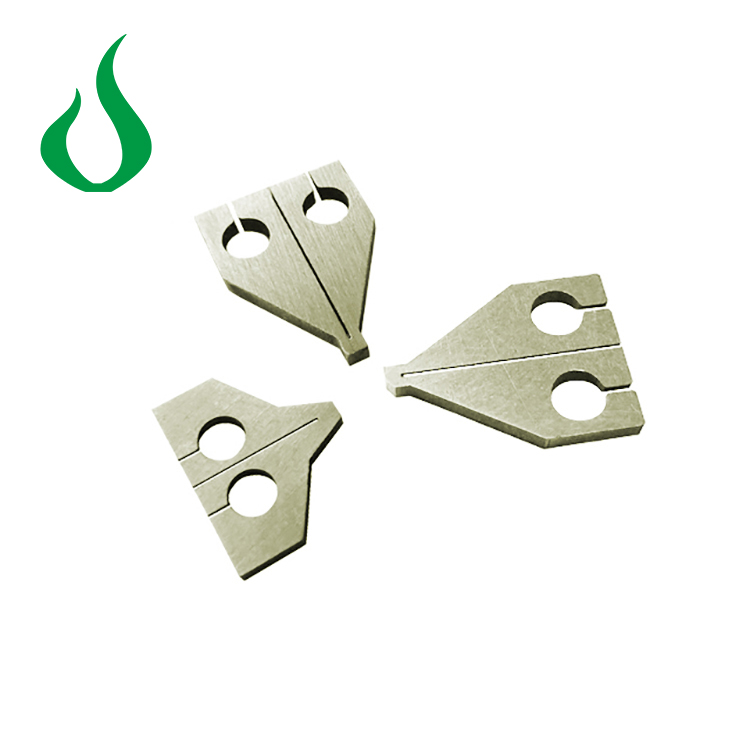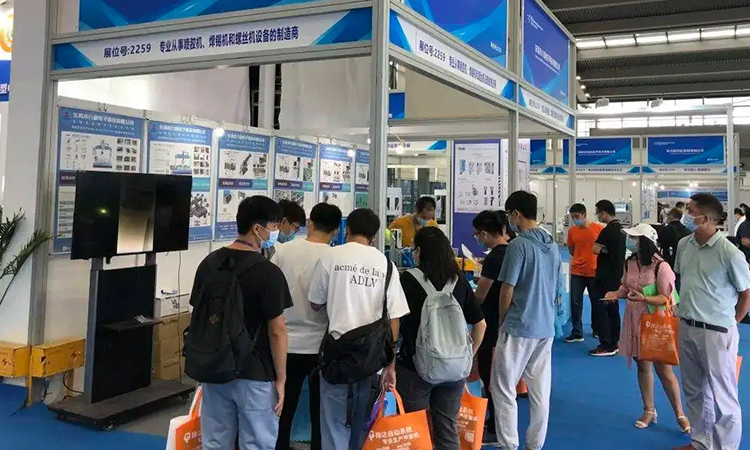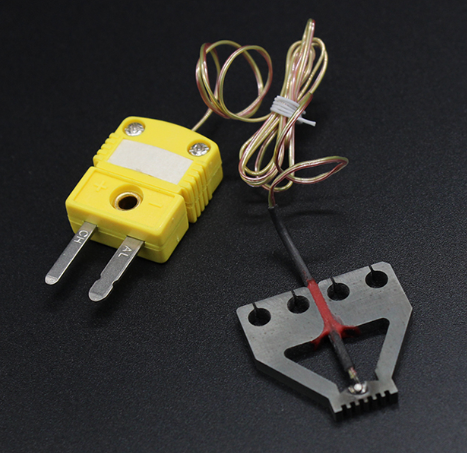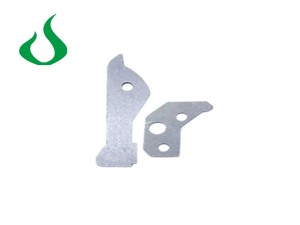MENU

 LNG
LNG

 LNG
LNG

The term "spot welding" refers to a specific type of resistance welding where two metal surfaces are joined together by the heat obtained from resistance to electric current. It's called "spot" welding because the weld is made at a localized spot.
But what makes a welding machine a spot welding head?
The key is in the electrodes. Spot welding heads have two shaped copper alloy electrodes that press against the metal surfaces to be joined. When electric current flows through the electrodes to the metal, resistance causes localized heating and melting to occur at the contact point directly between the electrodes. This creates a fused spot weld.
The size, shape and position of the electrodes concentrate the current and heating to a precise spot to make a consistent, quality weld. Other welding methods like arc welding involve heating more generalized areas instead of specific spots.
So in summary, a spot welding head has:
- Shaped electrodes that concentrate current/heat flow
- Electrodes that press against the metal pieces
- Controls/mechanisms to position electrodes accurately
This specialized design makes consistent, repeatable spot welds simple and fast. Understanding the key components that make a spot head work helps appreciate this widely used welding technique.
What are your thoughts on spot welding? Have you implemented it in your manufacturing processes? I'd love to hear your experiences in the comments!
Pls contact with me if you need more details by email danny.ng@soucua.com.




 Language
Language

Mailbox:brian.he@soucua.com
Mailbox:danny.ng@soucua.com
Mailbox:rose.zhang@soucua.com
Mailbox:smion.siew@soucua.com
Mailbox:mila.lin@soucua.com
Postcode:523300
Address:No. 11, Hengjiao Hengling Street, Hengjiao Village, Shijie Town, Dongguan City, Guangdong Province, China
Copyright ©2020Dongguan Soucua Hardware Electronics Co., Ltd.
All Rights Reserved


